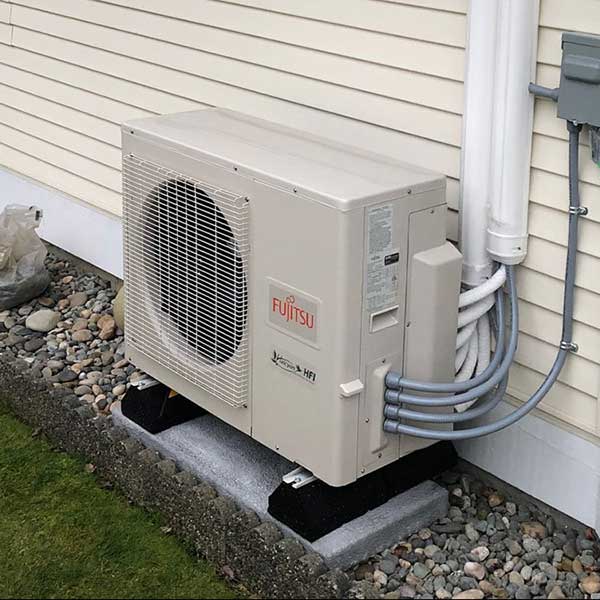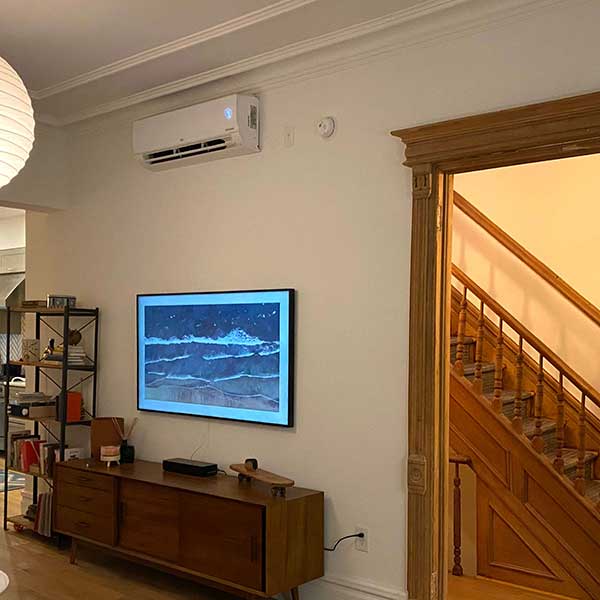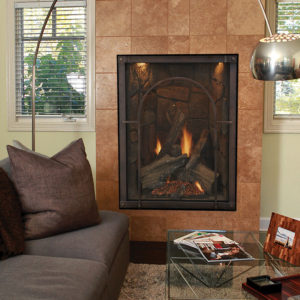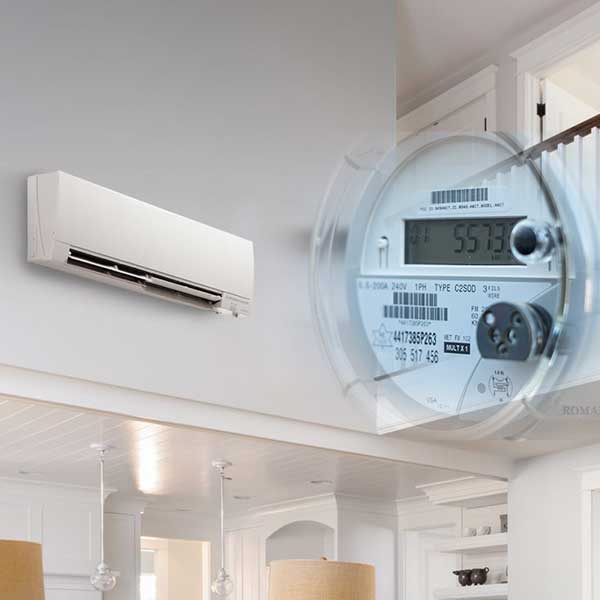Ductless Air Conditioning Systems
Ductless mini splits, including ductless air conditioners and ductless heat pumps, can fit in any space, even where traditional HVAC units don't.
Ductless Air Conditioning Systems
Ductless mini splits, including ductless air conditioners and ductless heat pumps, can fit in any space, even where traditional HVAC units don't. There's virtually endless way to configure them to suit your needs.

COMFORT FEATURES
Ductless mini split systems can be configured with multiple indoor units (multi zone system) or just one They're powered by a single inverter controlled, variable-speed outdoor unit that brings comfort anywhere.

PERFECT FOR OLDER HOMES
Older homes just weren't built to have standard duct work. By going Ductless, your preserve the integrity of your older home and it's architecture. You're trying to carve out spaces to accommodate ducts.

MINIMAL INSTALLATION
With no ducts to consider, installation is simple and easy—no tearing open walls and patching them up again. No repainting required! And the outdoor unit powers the indoor units, so there is no additional wiring.

BETTER ENERGY SAVINGS
You save energy by only selecting certain rooms to heat and cool. Ductless systems respond to your thermostat changes more quickly. The units run less overall by continuously adjusting the units to best the conditions.
Six Questions That We Are Frequently Asked
A ductless mini-split is a miniature version of a split central air conditioning system for your home or business. It doesn’t need ductwork, hence it's name. It is small, quiet, and convenient to use. Best of all, it’s highly energy efficient since it avoids energy loss, delivering air directly where it’s needed. Also, with no ducts, a very significant source of dust is eliminated from your home.
Ductless systems consist of three main components:
- The outdoor condenser unit
- The blower/evaporator units mounted in the rooms you want
- The conduit that links the outdoor and indoor units
These components are small and offer affordable replacement options. A ductless mini-split system also comes with a handy remote control, maximizing its ease of use.
No, or not necessarily. While you won’t need a single indoor unit for every room in the home, the outdoor unit does attach to multiple indoor wall-mounted units. That saves money in equipment costs. Usually, in most homes, or businesses, this typically means having indoor units in main living areas. In larger homes where you need several indoor units, you may need another outdoor condenser unit to pick up some of the slack. Mainly depends on the size and configuration of your home.
Zone their homes is a reason that many homeowners use ductless mini-split systems . Zoning allows you to decide which areas need more heating or cooling. Your bedrooms can be 5 degrees cooler than the living room even though they’re on the same system. That's control!
Home additions are a perfect place to consider ductless systems. Rather than extend your existing duct work, simply add a mini-split system in that new guest room or garage apartment.
Maybe is the best answer. They often cost more upfront, but they’re much more efficient. More efficient means lower energy costs. On average, a mini-split system costs between $1,500 and $2,000 per ton of cooling capacity. The larger your home, the more expensive the system and installation. Simple math.
Over the long-term, ductless systems can cost less to operate because you’re only heating and cooling the spaces you want to. You have control Nothing ever goes to waste. There are also tax incentives to consider, which you can enjoy by investing in a high-efficiency system.
Overall, a ductless system may cost more out of pocket to purchase and install, but once it’s in, you’ll save much more in energy costs.
They are remarkably quiet, even when a ductless system is set on high speed. You’ll barely hear it. The entire system, including the outdoor unit, is designed to be much quieter than standard air-source heat pumps. Ductless systems are ideal in city limits with strict noise ordinances, even when you have multiple indoor units in the home.
Only if you want them to. It’s up to you. Yes, a ductless system can replace baseboards, but some customers opt to keep their baseboards in certain rooms. You don’t need to keep baseboards with a ductless system, however. They’re designed to heat and cool in the most extreme temperatures, so you’ll probably find yourself not even using your baseboards anymore.
Again, more energy savings.
For our trained professionals, yes, It’s not really a do-it-yourself projects. Your qualified HVAC technicians, at Cool It, will determine where to place the outdoor and indoor units and then drill a small hole for the conduit. Sounds simple, but there’s a little more to the installation process than that.
Once installed they must be properly charged with refrigerant. That has to be done just right for the system to function as it was intended.
Plus, you have to install the right size equipment to begin with. If you end up with a system that’s too small, your home won’t get sufficient heating and cooling. You’ll also be faced with higher energy bills. If it's too big, the system will short cycle, which wastes energy.
Before the installation, your HVAC tech will do the proper measurements to determine the best system for your needs.
Be Comfortable
A Google Guaranteed Business
Lawton, OK
Multiple Locations To Serve You
No After-Hours Rates Will Apply For Residential Customers
